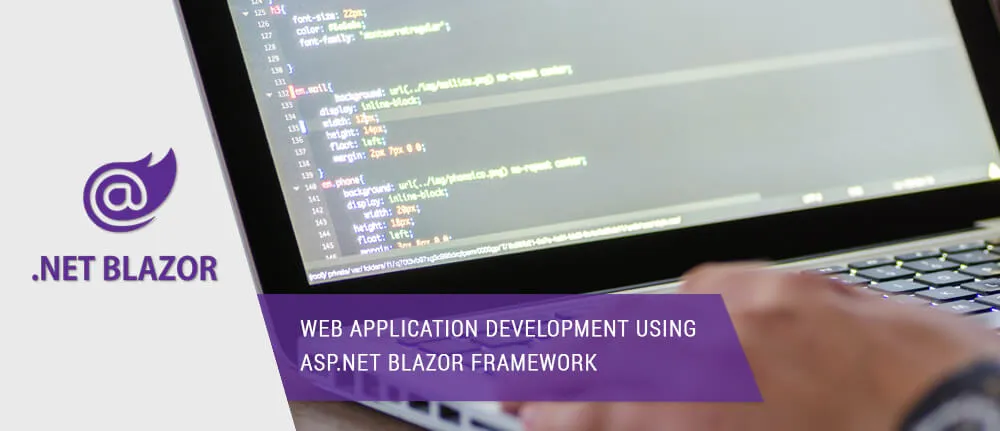How to Do Forecasting in Power BI (Steps & Accuracy Metrics)
Remember our last guide - Power BI forecasting? It revealed things that truly blocks accuracy, both structural and situational. Now it's time to take the next step. Knowing Power...
Listening is fun too.
Straighten your back and cherish with coffee - PLAY !

Blazor is a free and open-source web structure that empowers engineers to make web applications utilizing C# and HTML. It is being created by Microsoft.
If you need the interactivity of a single-page app in your .NET app, then at that point Blazor Server is an extraordinary arrangement.
Blazor server can be utilized to compose totally new applications or to supplement existing MVC and Razor Pages applications. There's no compelling reason to rework the existing application rationale.
Blazor Web Assembly is due for release around May 2020.
Blazor also supports features of a SPA framework such as:
Blazor is the latest .NET web framework that enables us to create client-side applications using C#/Razor and HTML that runs in the browser with WebAssembly. It can simplify the process of creating a single page application (SPA) and at the same time enables full-stack web development using .NET.
Leverage the current .NET biological system of .NET libraries.
Share application rationale across server and customer.
Benefit from .NET's exhibition, unwavering quality, and security.
Stay gainful with Visual Studio on Windows, Linux, and macOS.
Build on a typical arrangement of dialects, systems, and instruments that are steady, highlight-rich, and simple to utilize.
Blazor is a web-based framework designed to run client-side ASP.NET Core (Blazor WebAssembly) or server-side ASP.NET Core (Blazor Server) runtime in the browser. The app and the component models are the same, whatever the hosting model.
Blazor Server
.NET Core 3.0
Visual Studio 2017 v15.7 and below versions do not support the Blazor.
Microsoft Internet Explorer not supported blazor WebAssembly
Microsoft Internet Explorer 11+ for blazor server
Components are .NET classes built into .NET assemblies that:
The component class is generally written as a Razor mark-up page with a razor document augmentation. Segments in Blazor are officially alluded to as Razor segments. Razor is a language structure for joining HTML markup with C# code intended for designer efficiency. Razor permits you to switch between HTML markup and C# in a similar document with IntelliSense support. Razor Pages and MVC likewise use Razor. Dissimilar to Razor Pages and MVC, which are worked around a solicitation/reaction model, parts are utilized explicitly for customer side UI rationale and organization.
This is the demo example of basic calculation using blazor.
Blazor made another framework for building UI, which is not bad at all. The idea is brilliant and all of these modern things are also there (e.g. WASM). Unfortunately, it will be used only by the .net community, and probably by developers who are struggling with JS. Hence, it will never be used with a broad audience, consequently, there will be fewer developers who want to take this path.

Remember our last guide - Power BI forecasting? It revealed things that truly blocks accuracy, both structural and situational. Now it's time to take the next step. Knowing Power...

Did you know that 70% of CTOs (Chief Technology Officers) hesitate to adopt Microsoft Power BI because of its myths and misconceptions that float around. What they fail to see is...

Every CTO knows the struggle of managing complex reports. The inefficiency of scattered data, the constant juggling between reporting tools, the challenge of ensuring accurate KPIs...